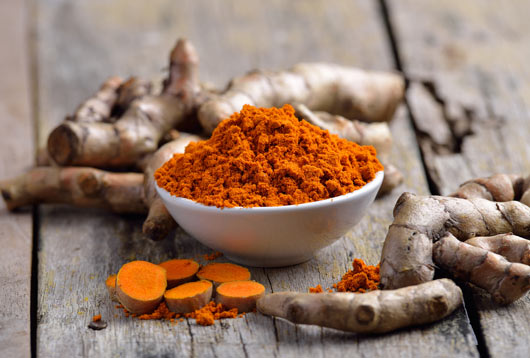
Eating right means more than sticking to a healthy, well-rounded diet; it’s also about choosing produce that is kind to the environment and to animals whenever possible. Obviously poultry and red meat are the least environmentally and animal-friendly foods but you can take steps to minimize the harm without going vegan. Which is good news because we are a nation of carnivores — Americans are on the high end of the meat-eating scale compared to other countries. The first step you can take toward ethical meat-eating is to simply cut back a little. According to the Washington Post, “Halve your meat intake, and you could cut your carbon footprint by more than 35 percent; stick to fish, and you could cut it by nearer to 50 percent; go vegan, and the difference could be 60%.”
The second step toward eating right is understanding the labels so you know how to choose the most ethical meat.
Natural
Basically Natural means the meat is minimally processed and has no artificial ingredients. This label doesn’t mean it’s organic and has nothing to do with how the animal was raised or that it wasn’t given hormones or antibiotics.
Read Related: Does Everything Need to Be Organic? When to Splurge on Organic Food
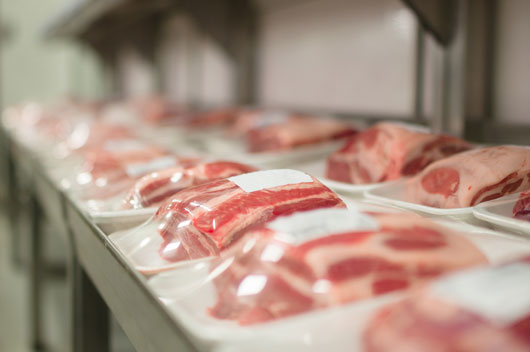
Organic
At the very least, you should opt for Certified Organic meat. This means the animals are fed organic feed and are hormone and antibiotic-free.
Cage-Free
This is another somewhat misleading label. It does mean poultry is not raised in cages, however the chickens could be raised in overcrowded areas with no outdoor access.
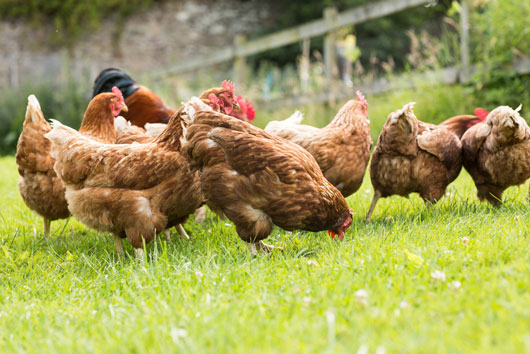
Free Range
Free-Range means animals have access to the outdoors but there are no guidelines for how much time they spend outside or how much space they have to roam.
Grass-Fed
Meat that is Certified Grass-Fed by the Food Alliance or the American Grass-fed Association or the USDA has been fed only grass and forage. Make sure your meat is certified by one of these groups because labels can use the term “grass-fed” to refer to animals that eat mostly grain and spend little time outdoors.
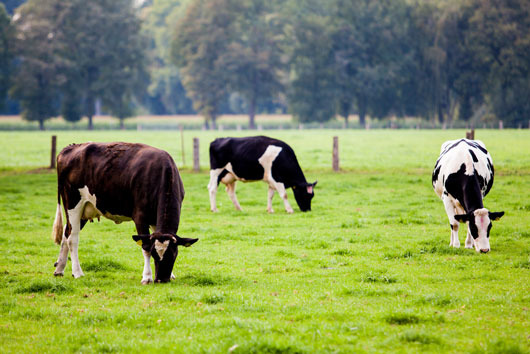
Pasture-Raised
This is what you should look for when shopping for ethical meat. Pasture-Raised means the animals have continuous access to pastures, can roam freely and are fed only grass and forage.
American Humane Certified
This means the animals were not given growth hormones and only minimal antibiotics but it allows de-beaking of poultry and doesn’t mean animals have access to the outdoors.
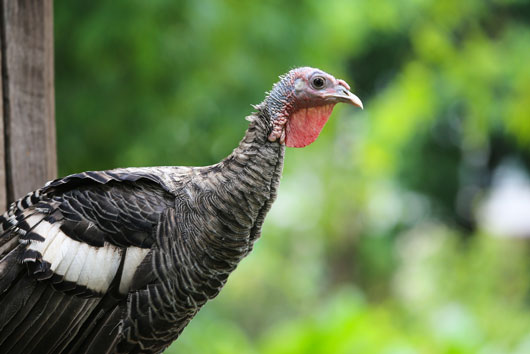
Certified Humane
Certified Humane combined with Pasture-Raised is the way to go for eating right. Certified Humane doesn’t say anything about cages or outdoor access but it requires that the animals aren’t de-beaked, they are slaughtered as humanely as possible and aren’t given hormones or antibiotics.
Animal Welfare Approved
This is the gold standard for ethical meat but it only applies to small independent farmers. Animal Welfare Approved means the animals are raised in their natural environment with strict guidelines set by veterinarians and farmers. They also must be slaughtered painlessly.






